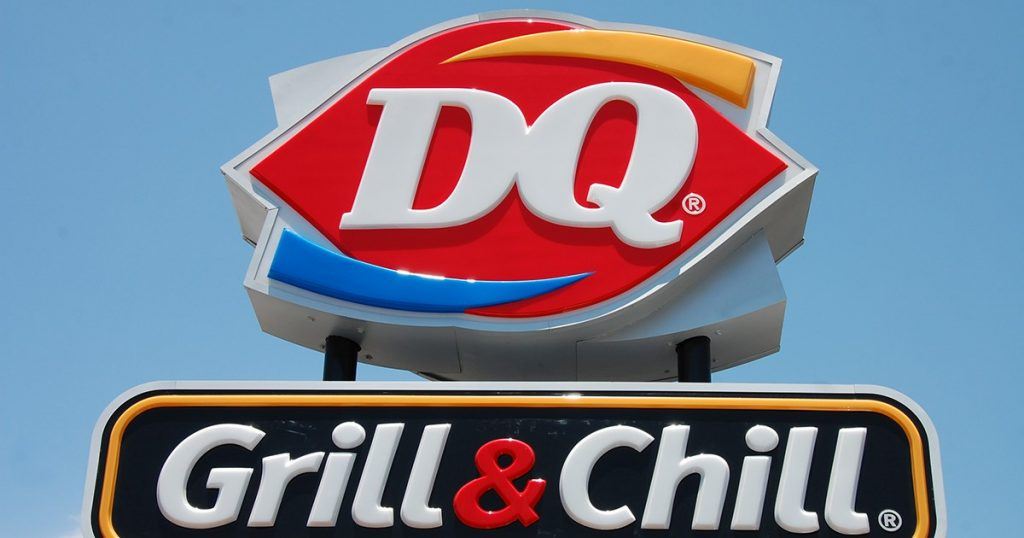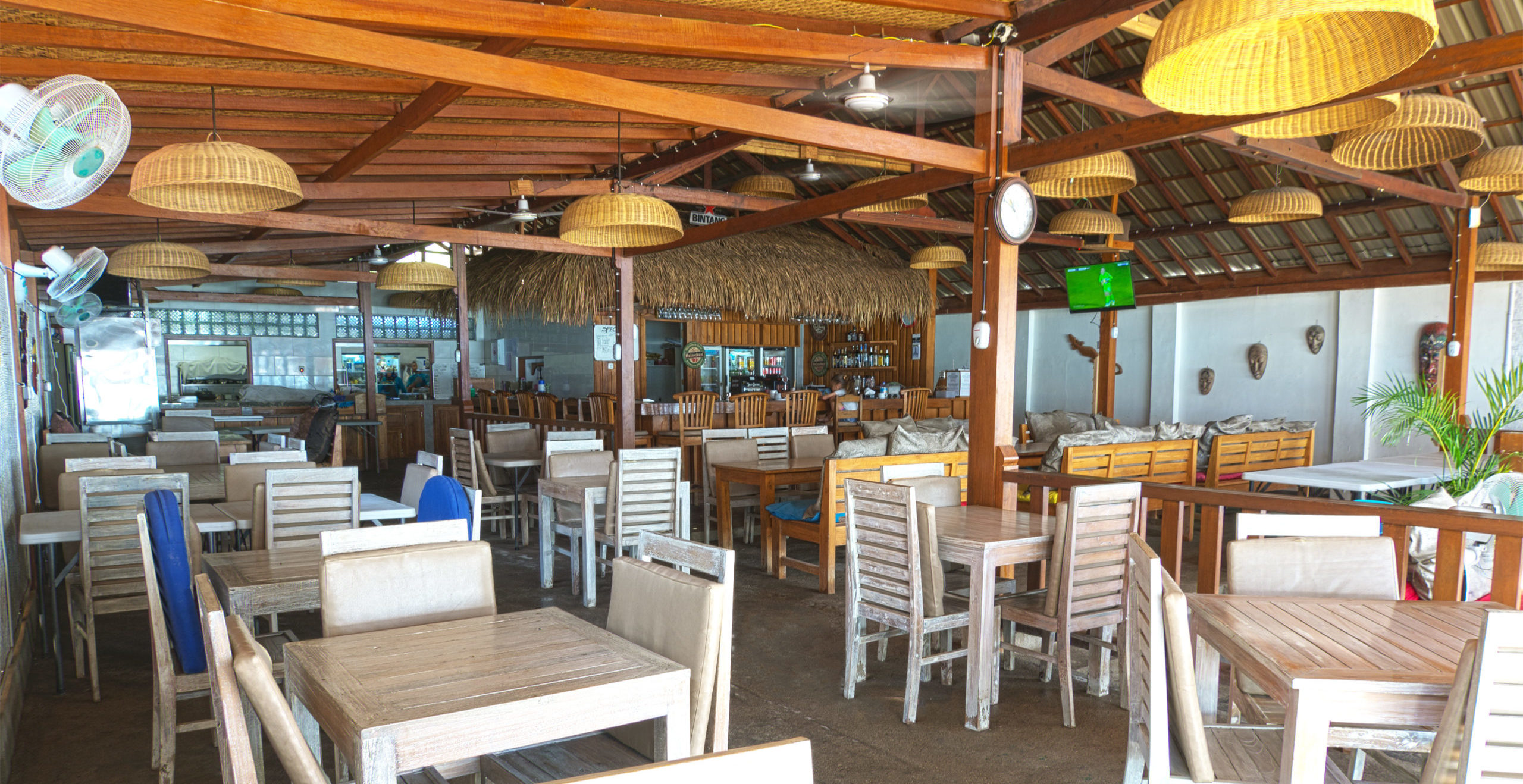

The method requires fewer bodies, meaning more tables for waiters and higher wages.įor managers, Brinker is focusing more on leadership development programs for new and tenured leaders, like the “Women Take the Lead” initiative. Roberts described it as a “live interactive experience that improves the speed, quality, and consistency of our training while reducing costs and burden on our restaurant managers.” The system has led to a 20 percent improvement in retention of new hourly employees.Ĭhili’s has also rolled out a new “Team Service Evolution” labor model in which servers use a tablet to take orders as opposed to punching in orders at a POS system. One example is a virtual learning platform that allows Brinker to train hourly workers and managers from the restaurant support center. That’s why the company is doubling down on its retention efforts, beyond just a paycheck. Instead of two or three applications rolling in at a time, managers are now seeing 10 or more.

The good news for Brinker is that it has more employees on a per restaurant basis than it did prior to COVID.

Maggiano’s comps lifted 78.1 percent year-over-year, but dropped 5.6 percent compared to two years ago. The expansion plans come as Chili’s same-store sales increased 12.1 percent year-over-year in Q2, and 5 percent against two years ago.

Maggiano’s ended the quarter with 54 stores. The casual-dining leader finished Q2 with 1,234 domestic restaurants and 365 internationally. “There could be some fill-in markets in other places that we’ve penetrated significantly on the suburban rings that we may go into.”Ĭhili’s currently has more than 20 full-sized restaurants in its pipeline, a pace that it hopes to carry forward. “We think there are a number of different markets, be they urban dense, be they college campuses that respond extremely well to off-premise, both to-go and delivery,” he added. “I’m not going to put a specific metric out there yet as a target, but it’s meaningful enough to spend a lot of time on it.” “All are off-premise centric in their approach, but I think there are different ways to approach different incremental markets, and so we’re making sure we understand all of those options,” Taylor said. CFO Joe Taylor said these footprints open “a fairly large addressable market by thinking a little bit differently.” Chang’s, Hooters, and others.įrom Brinker’s perspective, it’s just trying to keep options open. In other cases, casual-dining brands have leaned into off-premises by adopting a fast-casual spinoff, as seen by IHOP, TGI Fridays, Buffalo Wild Wings, JINYA Ramen Bar, P.F. Denny’s revealed a similar partnership with REEF, although an exact number wasn’t given. For instance, TGI Fridays announced in October that it signed up for 300 ghost kitchens with REEF. In the past year, a handful of restaurants have partnered with third parties like Kitchen United, REEF Kitchens, and Franklin Junction to quickly expand their reach in previously unobtainable trade areas, without the physical infrastructure investment. This is where our portfolio has helped us.” “They’re just not able to generate enough sales to cover it. “When you read and study what’s happening in this space, a lot of times they’re just not able to get enough velocity,” Roberts said. Roberts noted Brinker’s experience with operating multiple brands in a tight kitchen space will prove valuable as it ventures further into these pilots. “I never thought I’d see the day when I’d see a Chili’s in Manhattan, but it’s been up and running for a month, and we’re encouraged by its early performance,” says CEO Wyman Roberts, during Brinker’s Q2 earnings call. And that’s only the beginning there are plans to test two 1,500–1,800-square-foot inline locations adjacent to college campuses in Dallas and Columbus, Ohio, in the near future. In partnership with a third party, Brinker opened an urban-based ghost kitchen in Manhattan, offering Chili’s and It’s Just Wings. The ghost brand surpassed $170 million in domestic sales during fiscal 2021, exceeding the original goal of $150 million.īrinker followed with Maggiano’s Italian Classics, which is now in more than 700 stores across the U.S.īecause of this new arsenal, the company is now ready to penetrate densely urban areas with smaller, off-premises-focused locations-something that’s been nothing more than an after-thought for Chili’s, which primarily sticks to suburban outlets. In June 2020, just a few months removed from the start of a global crisis, Chili’s rolled out virtual concept It’s Just Wings to more than 1,000 kitchens at once. One of the pandemic’s defining legacies will be the acceleration of off-premises, and arguably no casual-dining brand has leveraged that growth more than Chili’s and Maggiano’s parent Brinker International.


 0 kommentar(er)
0 kommentar(er)
